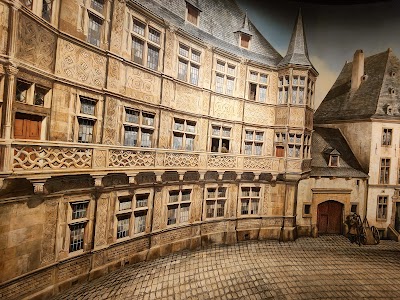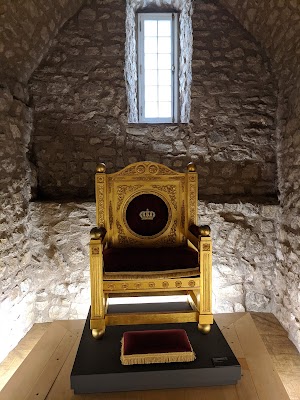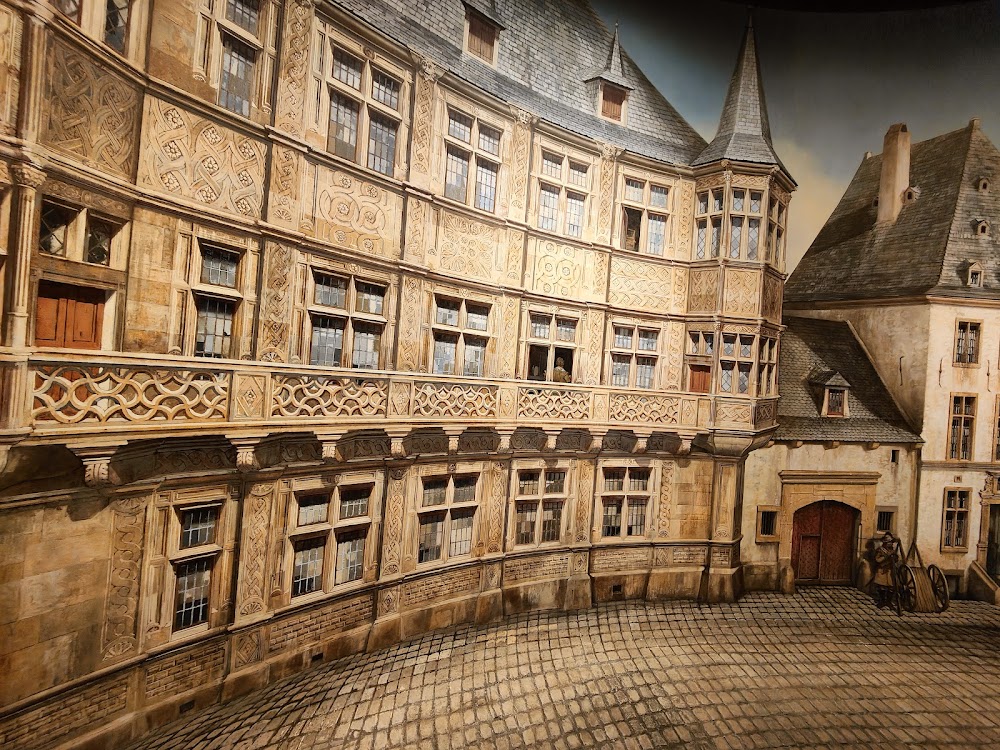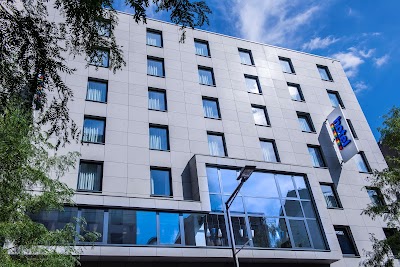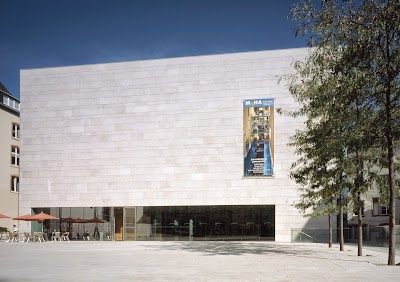Luxembourg City History Museum (Musée d'Histoire de la Ville de Luxembourg)
Overview
Luxembourg City History Museum, or "Musée d'Histoire de la Ville de Luxembourg" in French, is a captivating destination nestled in the heart of Luxembourg City, the capital of the Grand Duchy of Luxembourg. This museum takes visitors on an insightful journey through the rich history of one of Europe’s most intriguing cities, blending educational experiences with stunning architecture.
The museum itself is a marvel, housed within four beautifully restored historical buildings dating back to the 17th and 19th centuries. These structures have been thoughtfully integrated with modern architecture, featuring an impressive glass elevator that offers breathtaking views of the city and its renowned fortifications. The seamless blend of old and new in the museum reflects Luxembourg City's remarkable ability to preserve its historical charm while embracing contemporary design.
Luxembourg City boasts a storied past that spans over a millennium, beginning in 963 AD when Count Siegfried acquired the small fort of Lucilinburhuc. Over the centuries, the city evolved from a modest settlement into a significant fortress and a vital political and economic center in Europe. The museum chronicles this transformative journey, providing visitors with a comprehensive understanding of how Luxembourg City has developed into its current status as a vibrant, cosmopolitan hub.
Exhibits in the Luxembourg City History Museum are meticulously curated, offering a rich narrative on various aspects of the city’s growth. The permanent exhibition is arranged chronologically, allowing visitors to explore different eras of the city's development. Key periods covered include the Middle Ages, the Renaissance, and the industrial era, all the way to modern times. Each era comes to life through a captivating mix of artifacts, multimedia presentations, and interactive displays.
One of the museum's highlights is its dedicated section on the fortress of Luxembourg, famously known as the "Gibraltar of the North" due to its strategic military significance. Here, visitors can delve into detailed models, maps, and military relics that illustrate the fortress's critical role in European military history. The museum also provides insights into the daily lives of its citizens, showcasing how urban planning, trade, and culture evolved over time.
A particularly fascinating aspect of the museum is the archaeological display located in its lower levels, where original cellar remains from the medieval period are preserved. This area offers an almost tangible connection to the past, allowing visitors to experience the city’s deep historical foundations firsthand.
In addition to its permanent displays, the Luxembourg City History Museum hosts temporary exhibitions that focus on various thematic aspects of the city's history and culture. These rotating exhibitions provide fresh perspectives, ensuring that even returning visitors will always find something new to discover.
The museum serves not only as a historical repository but also as a cultural hub, organizing events, workshops, and lectures throughout the year. These activities engage both the community and visitors, fostering a deeper appreciation of Luxembourg City's heritage and its ongoing cultural evolution.
For international tourists, practical information is readily available. The museum offers guided tours in several languages, including English, French, and German, ensuring that all visitors can fully appreciate the exhibits. Additionally, the museum shop features a wide range of books and souvenirs that capture the essence of Luxembourg City’s history.
Elegantly situated in the City Center, the museum is conveniently accessible and serves as a perfect starting point for exploring other historical sites in the vicinity, such as the Grand Ducal Palace, Notre Dame Cathedral, and the Bock Casemates.
In summary, the Luxembourg City History Museum is a must-visit for anyone eager to understand the unique historical tapestry of Luxembourg City. With its well-organized exhibits, engaging presentations, and exquisite blend of old and new architecture, the museum offers an enriching experience that brings the past vividly to life. Whether you are a history enthusiast or a casual visitor, the museum provides a fascinating glimpse into the factors that shaped this small yet remarkably influential European capital.


